No products in the cart.
Mushroom GROW KIT
25 € – 55 €Price range: 25 € through 55 €
How to Use a Grow Kit
• Opening the Kit
Side-fruiting (oyster, lion’s mane): Cut a 5 cm opening on the bag’s side to allow fresh air and trigger mushroom pinning
Top-fruiting (shiitake, portabella): Fold the top back and secure to keep CO₂ levels regulated .
• Fruiting Conditions
Ideal temp: 18–25 °C (65–77 °F). Some species prefer a drop to ~13 °C to initiate fruiting
Maintain humidity: 85–100% via misting or a humidifier
Ensure fresh air exchange: Once pins appear, fan 1–3 times daily to avoid long stems
Ambient light: Indirect sunlight or room light for several hours a day—avoid direct sun .
SKU: N/A
Category: Psychedelics Drugs
What Is a Mushroom Grow Kit?
A mushroom grow kit is a ready-to-use package containing pre-inoculated substrate (wood chips, straw, or compost) infused with mushroom mycelium. Kits usually include everything needed: substrate block or bag, spores/mycelium, and clear instructions—perfect for beginners
Popular varieties include oyster, lion’s mane, shiitake, portabella, and reishi mushrooms. These kits come ready to fruit indoors, right on a cabbage box or windowsill
Why Use a Grow Kit?
User-friendly – No need for sterilization, composting, or DIY clutter—just follow the instructions .
Educational and fun – Watch spores colonize to full-grown mushrooms, making it an excellent biology lesson
Fresh and nutritious – Home-grown mushrooms are chemical-free and packed with antioxidants, vitamins, and umami flavor
Eco-friendly – Many kits use recycled materials and result in compostable substrate
Sustainable – Consume fewer store-bought mushrooms and reduce food transport emissions
How to Use a Grow Kit
• Opening the Kit
Side-fruiting (oyster, lion’s mane): Cut a 5 cm opening on the bag’s side to allow fresh air and trigger mushroom pinning
Top-fruiting (shiitake, portabella): Fold the top back and secure to keep CO₂ levels regulated .
• Fruiting Conditions
Ideal temp: 18–25 °C (65–77 °F). Some species prefer a drop to ~13 °C to initiate fruiting
Maintain humidity: 85–100% via misting or a humidifier
Ensure fresh air exchange: Once pins appear, fan 1–3 times daily to avoid long stems
Ambient light: Indirect sunlight or room light for several hours a day—avoid direct sun .
Daily Care Routine
Remove packaging (per species instructions)
Spray mist water to keep surface moist (3–6 times/day depending on conditions)
Fan to exchange fresh air—avoid over-ventilation
Monitor temperature and humidity—use sensors or hygrometer if possible
Watch for primordia (pinheads) within 1–2 weeks—this triggers fruiting
Harvesting & Yield
Harvest when caps open just before veil breaks; twist gently at the base to preserve mycelium
Do not pull mushrooms, as that can damage the kit
One kit can yield multiple flushes (harvests), often 3–4 servings per flush
Use mushrooms within days; excess can be dried or refrigerated.
Common Problems & Solutions
| Issue | Cause | Solution |
|---|---|---|
| No growth | Poor temp/humidity/airflow | Adjust environment |
| Contamination | Mold, bacteria | Discard and start anew |
| Small or deformed flushes | Not enough mist or air exchange | Increase care frequency |
| Long stems | High CO₂, poor air exchange | Increase fanning |
Cost & Value
Kits typically cost US$16–50 depending on species, extra yield, and organic labels .
Alternative traditional methods (logs, bags) cost more but offer higher yields .
A kit pays off if you appreciate fresh mushrooms, fun growth experience, and sustainability.
Environmental Impact
Reduces food miles – grown locally at home
Circular lifecycle – used substrate can be composted, returning nutrients to soil
Biodegradation – mycelium breakdown supports soil health and reduces waste.
Best Kits for Beginners
Back to the Roots Pearl Oyster Kit (ready in ~10 days, two flushes)
GroCycle Oyster Kit – sleek design, reusable
Forest Origins Pink Oyster – colorful, beginner-friendly species
Everything Mushrooms Blue Oyster – fast and robust
Summary & Tips
Ideal for beginners: no sterilization, easy environment.
Key success: consistent misting, airflow, temp control.
Watch for pins then adjust care routines.
Harvest smart: twist off caps before sporing.
Reuse substrate by composting what’s left.
| Quantity | Mim Kits, Standard Kits |
|---|
Be the first to review “Mushroom GROW KIT” Cancel reply
Related products
Psychedelics Drugs
180 € – 360 €Price range: 180 € through 360 €
Psychedelics Drugs
89 € – 219 €Price range: 89 € through 219 €
Psychedelics Drugs
35 € – 100 €Price range: 35 € through 100 €
Psychedelics Drugs
180 € – 3 800 €Price range: 180 € through 3 800 €
Psychedelics Drugs
100 € – 400 €Price range: 100 € through 400 €
Psychedelics Drugs
25 € – 85 €Price range: 25 € through 85 €
Psychedelics Drugs
77 € – 231 €Price range: 77 € through 231 €
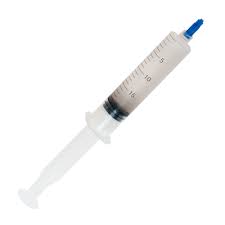
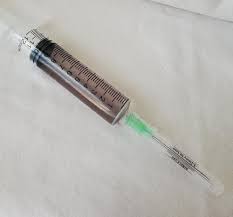


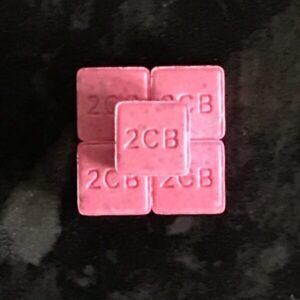


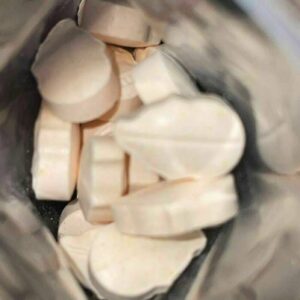
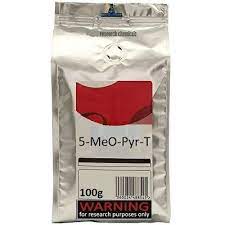

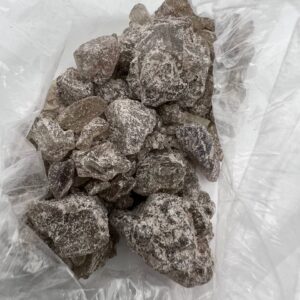
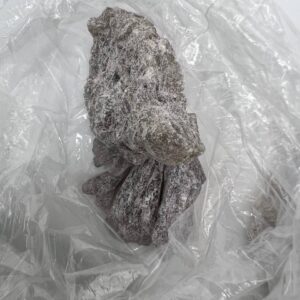
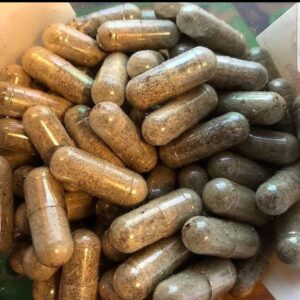
Reviews
There are no reviews yet.